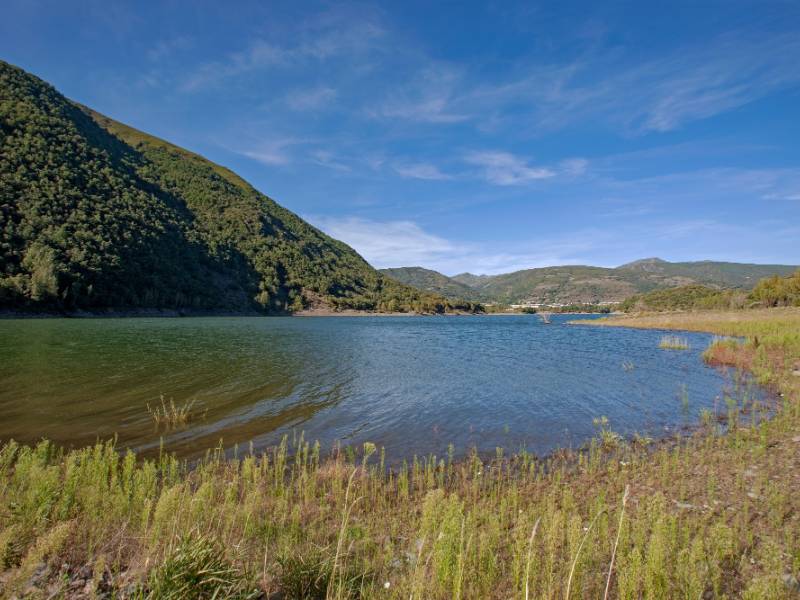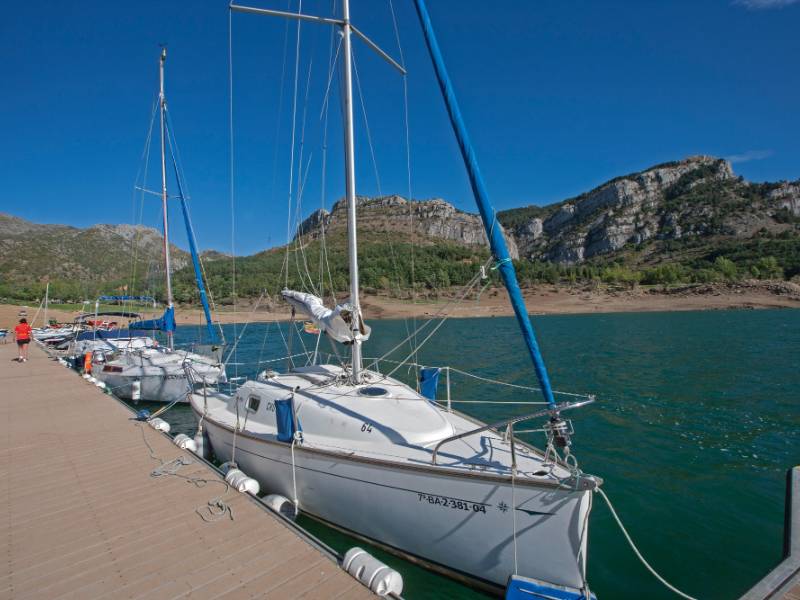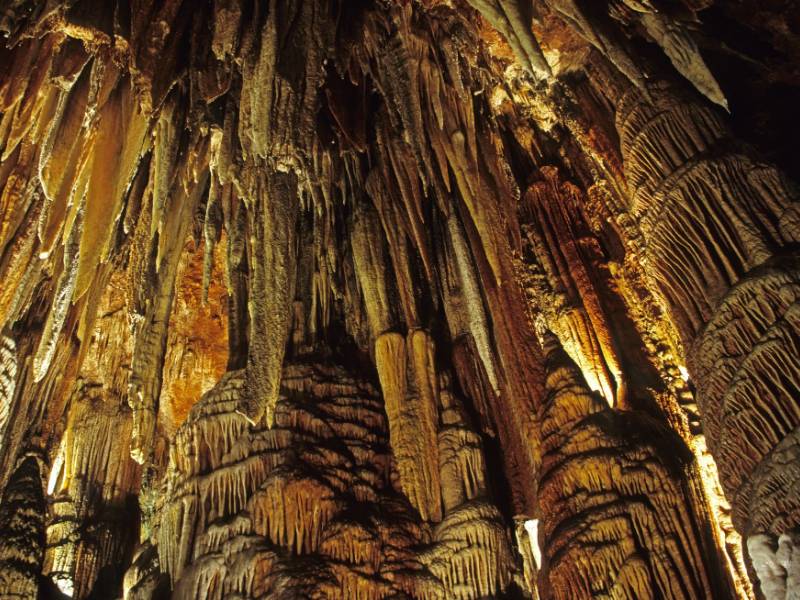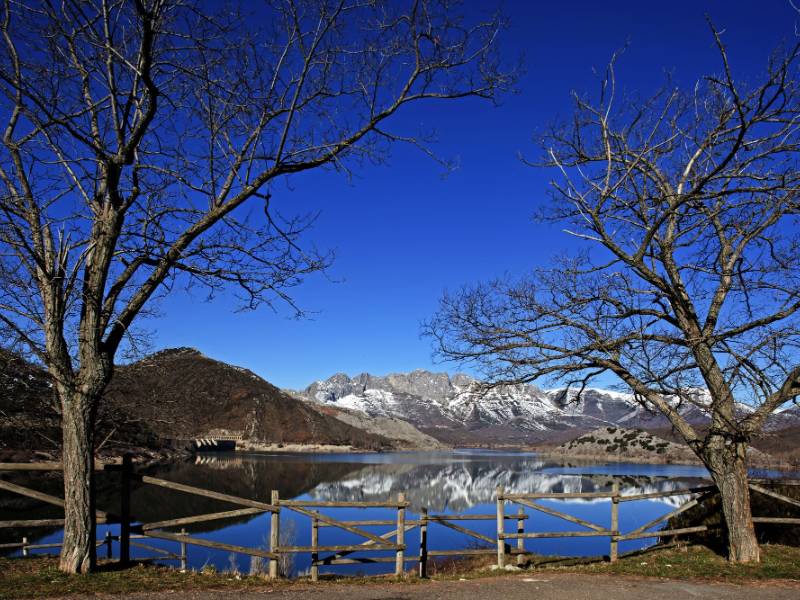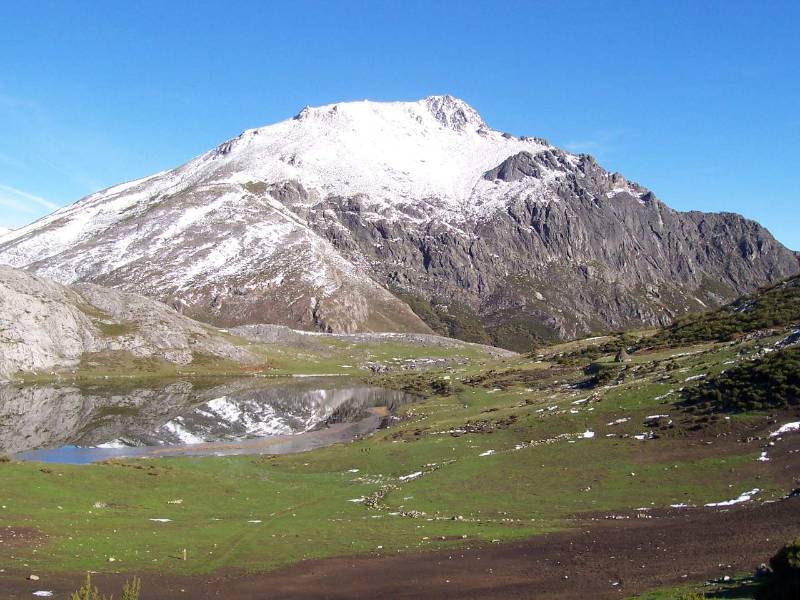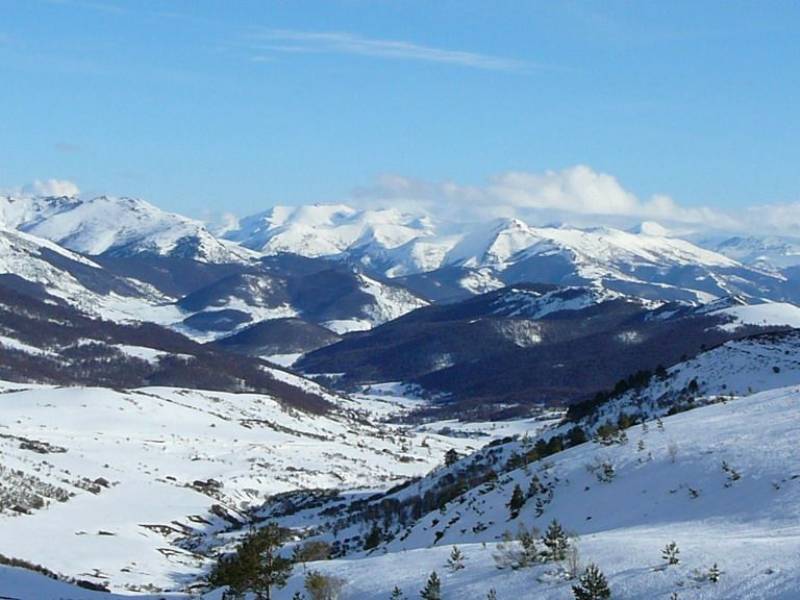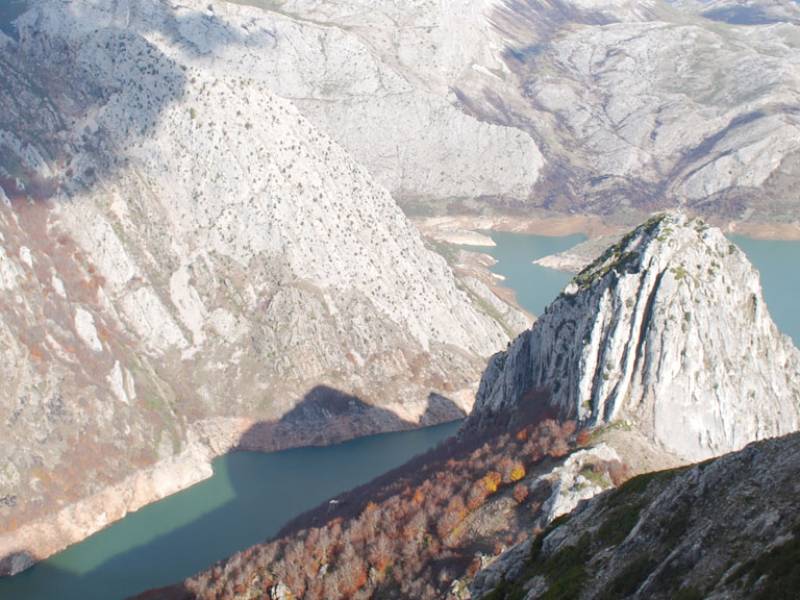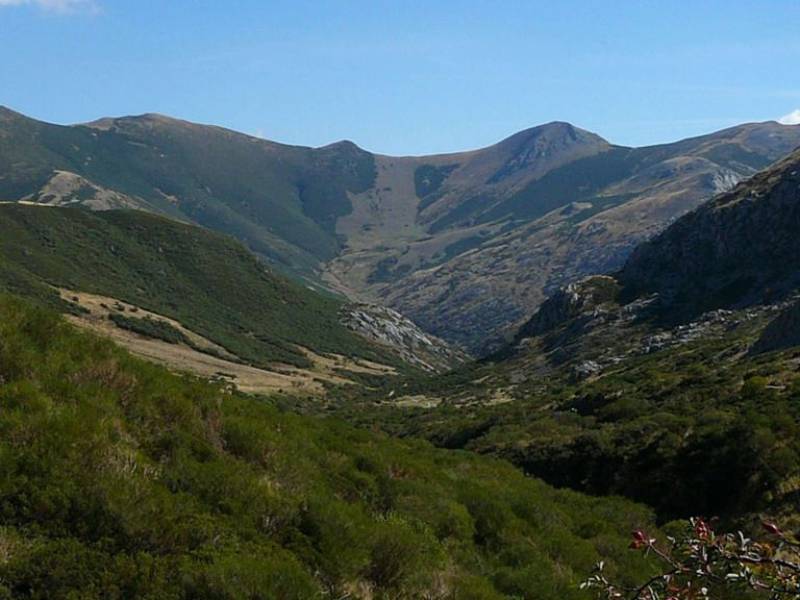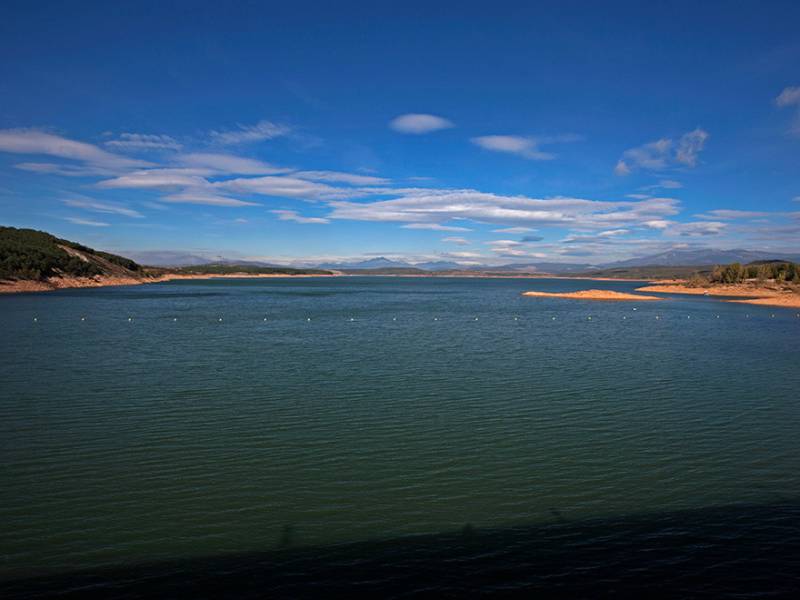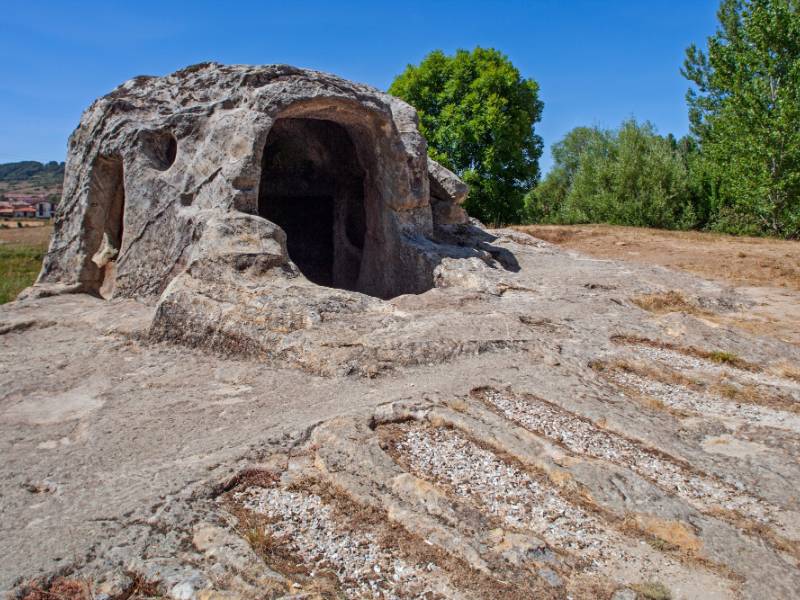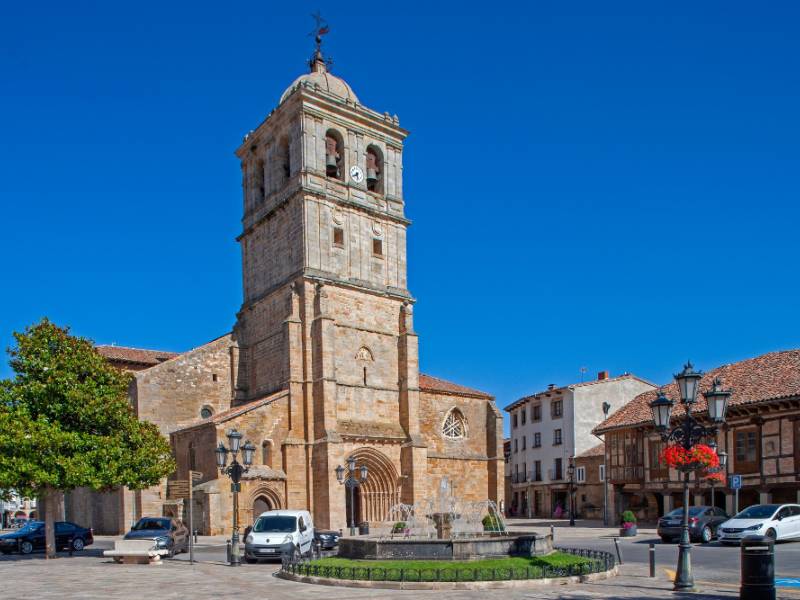Route 2 North. Section 1 - Aguilar de Campoo
- Previous
Crossed by the Pisuerga River, the beautiful town of Aguilar de Campoo is considered the capital of the Palencia Romanesque and is the ideal access gateway to the Palentina Mountain.
Cross the threshold of some of its heritage jewels and enjoy admiring the Monastery of Santa María la Real, the Collegiate Church of San Miguel, the hermitage of Santa Cecilia or the castle, declared a Historic-Artistic Monument since 1949. Walk through the urban fabric of the fortified and enjoy its streets full of palatial houses, its arcaded squares or its Jewish quarter.
Breathe deeply and fill yourself with the aroma of cookies that has permeated its streets since the 19th century, when the Zamorano confectioner José Gullón Barrio founded Galletas Gullón in 1892.
Reference to content
What to see?
 Castro de Monte CildáMore information
Castro de Monte CildáMore informationThe Castro del Monte Cildá is dated in the 1st century BC, in it important archaeological remains have been located, such as remains of Cantabrian settlements from the Iron Age and later Roman times. Today...
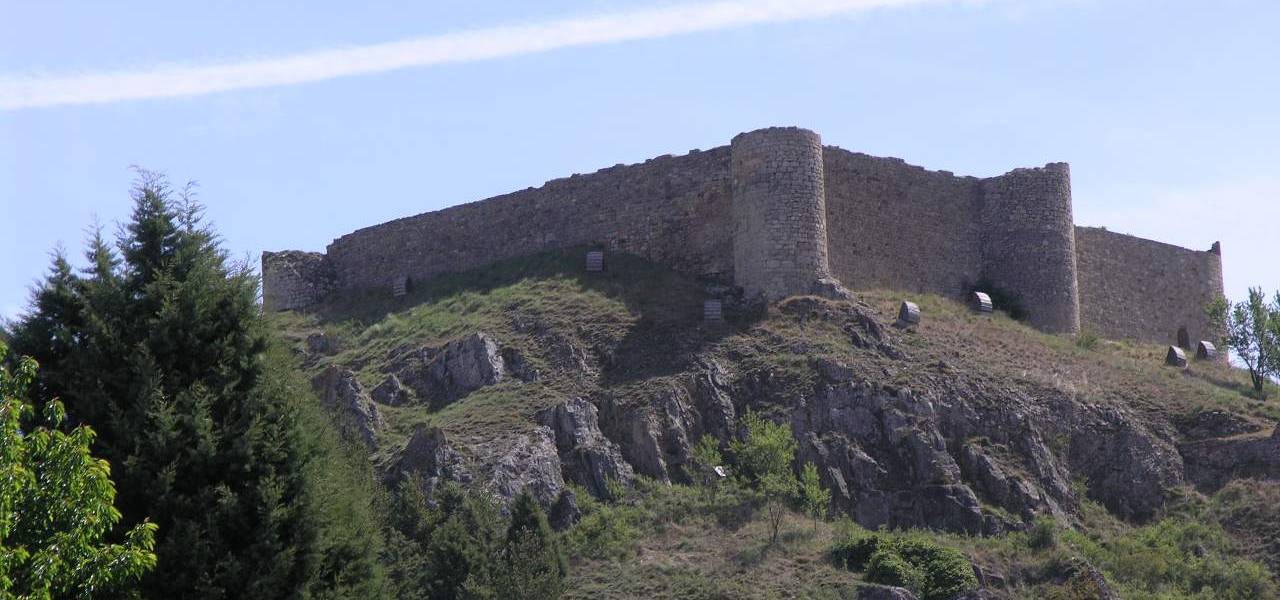 Castle of guilar de CampooMore information
Castle of guilar de CampooMore informationThe walls and the castle of the Manrique family were built in the 15th century on a previous structure.The castle was erected on top of a Celt-Iberian vernacular structure and became an important fortress...
 Church / Hermitage of Santa CeciliaMore information
Church / Hermitage of Santa CeciliaMore informationLocated on the slopes of the hill that crowns the old Castle of Aguilar, this current chapel was during the Middle Age one of the three parishes that the villa hadThe building with three naves with a tower...
 Collegiate of San MiguelMore information
Collegiate of San MiguelMore informationThe church has three spacious pointed naves and dates back to the visigothic times. It was rebuilt in the 11th century.The main front is Romanesque and the original Gothic altarpiece was replaced by a...
 Convent of Santa ClaraMore information
Convent of Santa ClaraMore informationOn the right bank of the Pisuerga River, at the bottom of a walk and surrounded by countryside, solemn and stately is the Convent of Santa Clara. It was founded in the XV century by the Franciscans. It...
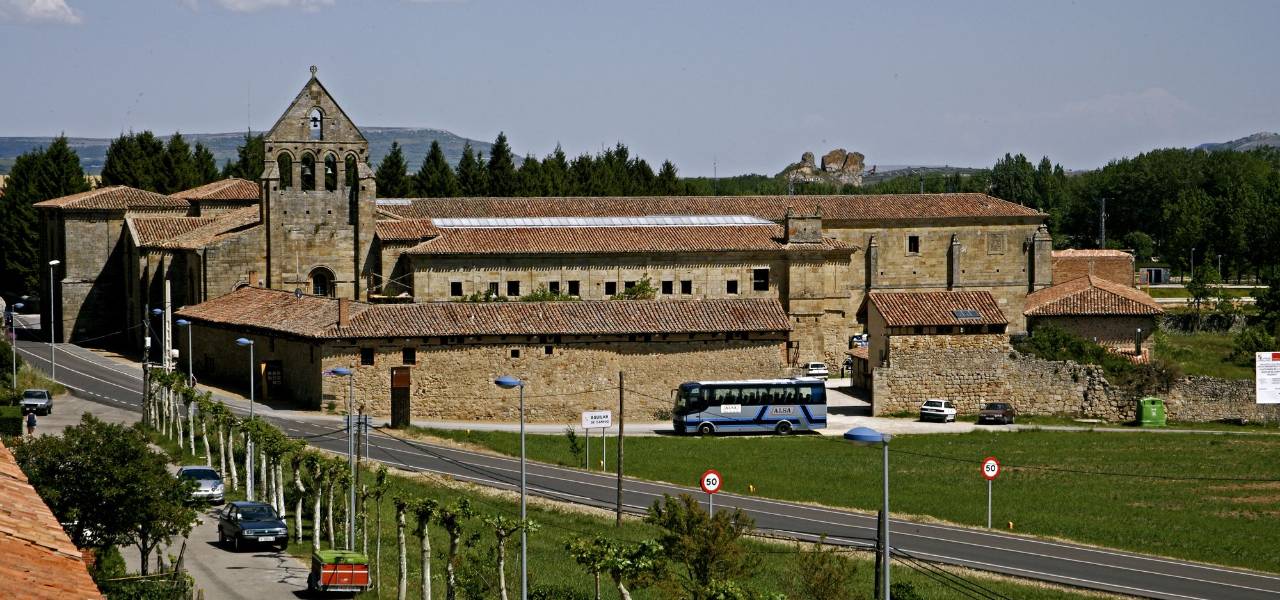 Monastery of Santa Maria la RealMore information
Monastery of Santa Maria la RealMore informationAccording to an ancient legend, the origins of this monastery date back to the early 9th century, when the inhabitants of the northern mountain ranges gradually began to migrate towards the plains of the...
 Door of ReinosaMore information
Door of ReinosaMore informationThe ogive door is pointed, from the low Medieval time, and shows the shield of the village, an expanded eagle, and, below and between the keystone of the arch, an inscription in Spanish and Hebrew using...
 Palace of the Manrique o de los Marqueses de AguilarMore information
Palace of the Manrique o de los Marqueses de AguilarMore information16th-century palace on two storeys with a facade of eleven wrought iron balconies on other round balconies that are propped up by columns with cylindrical shafts. The whole facade is ashlar and has the...
 RectoryMore information
RectoryMore informationLancet building from the XII century, built in sandstone, had rectangular floor between walls. The façade had the gateway in the center of the axis; it was pointed with radial voussoirs. The composition...

